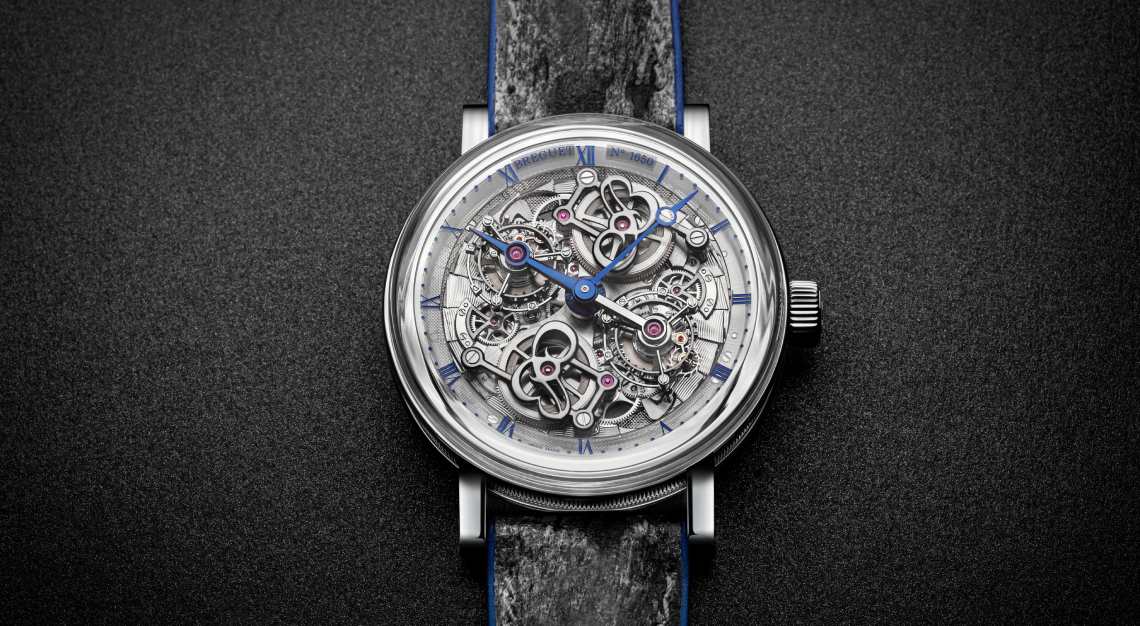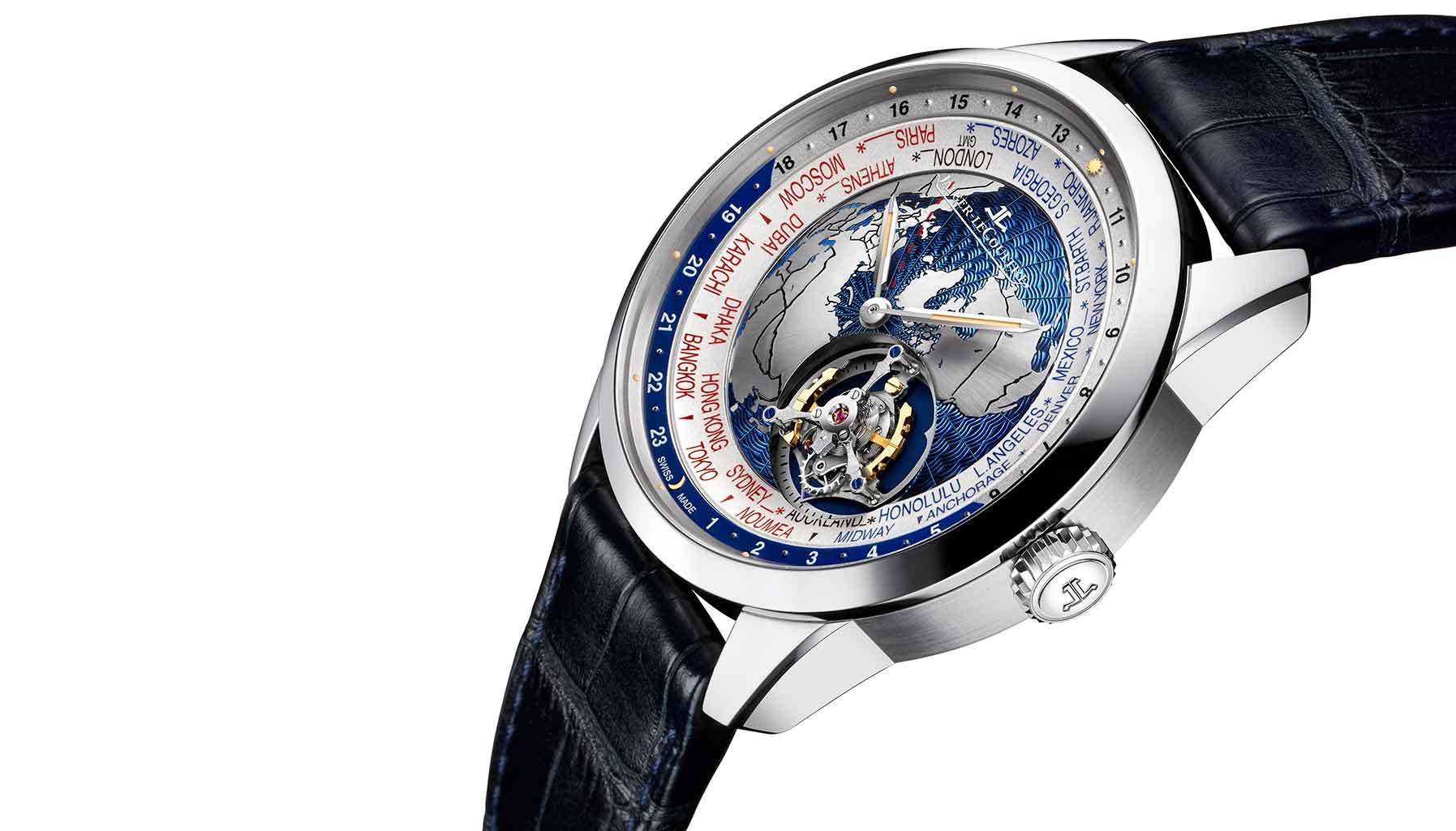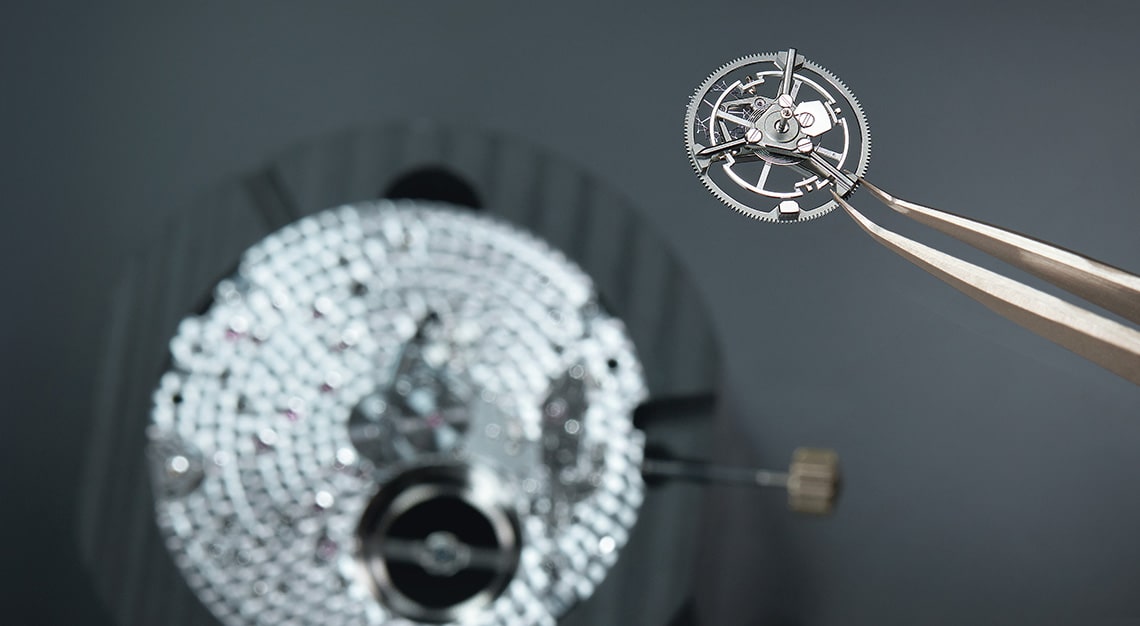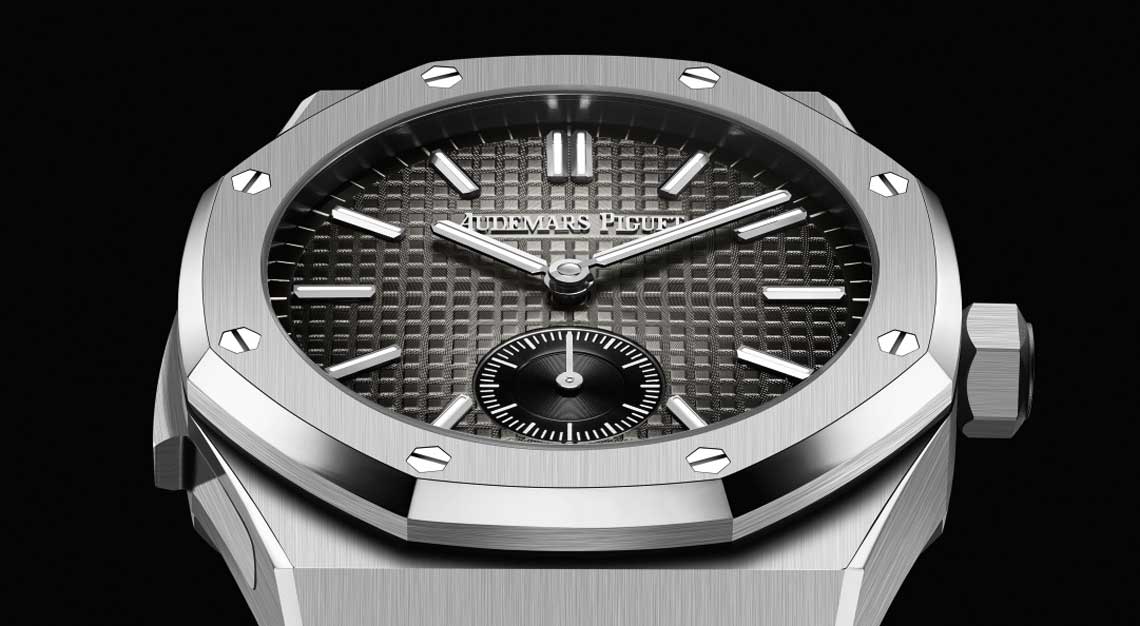In this year’s Best of the Best, we continue to honour the brands and people who have continued to create covetable products, even in the midst of a global pandemic. Here, we have Breguet top the tourbillon department
Often, the complexity of a watch is seen through a sapphire-crystal caseback, but in Breguet’s Classique Double Tourbillon 5345, the complex 588N movement, introduced in 2006, is now visible on the dial side. Two tourbillon cages are mounted on the movement plate, twirling as they rotate around a fixed differential over a 12-hour period. Part of the two tourbillons’ bridge is blued along half its length to indicate the hour, while an independent blue hand moves separately to indicate the minutes. The tourbillons, along with two mainspring barrels, which are each topped off with a monogram letter B, collectively turn clockwise so you can see the entire calibre move as it tells the time. Would you expect anything less from the brand whose founder, Abraham-Louis Breguet, created the tourbillon more than 200 years ago?




In a further tribute to Monsieur Breguet, the caseback features a next-level hand-engraved rendering of his original manufacture on Paris’s Quai de L’Horloge. The detail is so intricate that you need a loupe to make out the figure of a woman peeping out of a window at the centre, just next to a ruby jewel bearing, as the movement’s golden gear-train wheels spin through windows like the glow of candlelight. Here, history comes full circle to remind the wearer that the minute and groundbreaking inventions that, today, take centre stage on the wrist, rather than inside the pocket, were once conceived by watchmakers with nothing more than the flicker of flames to guide their way.
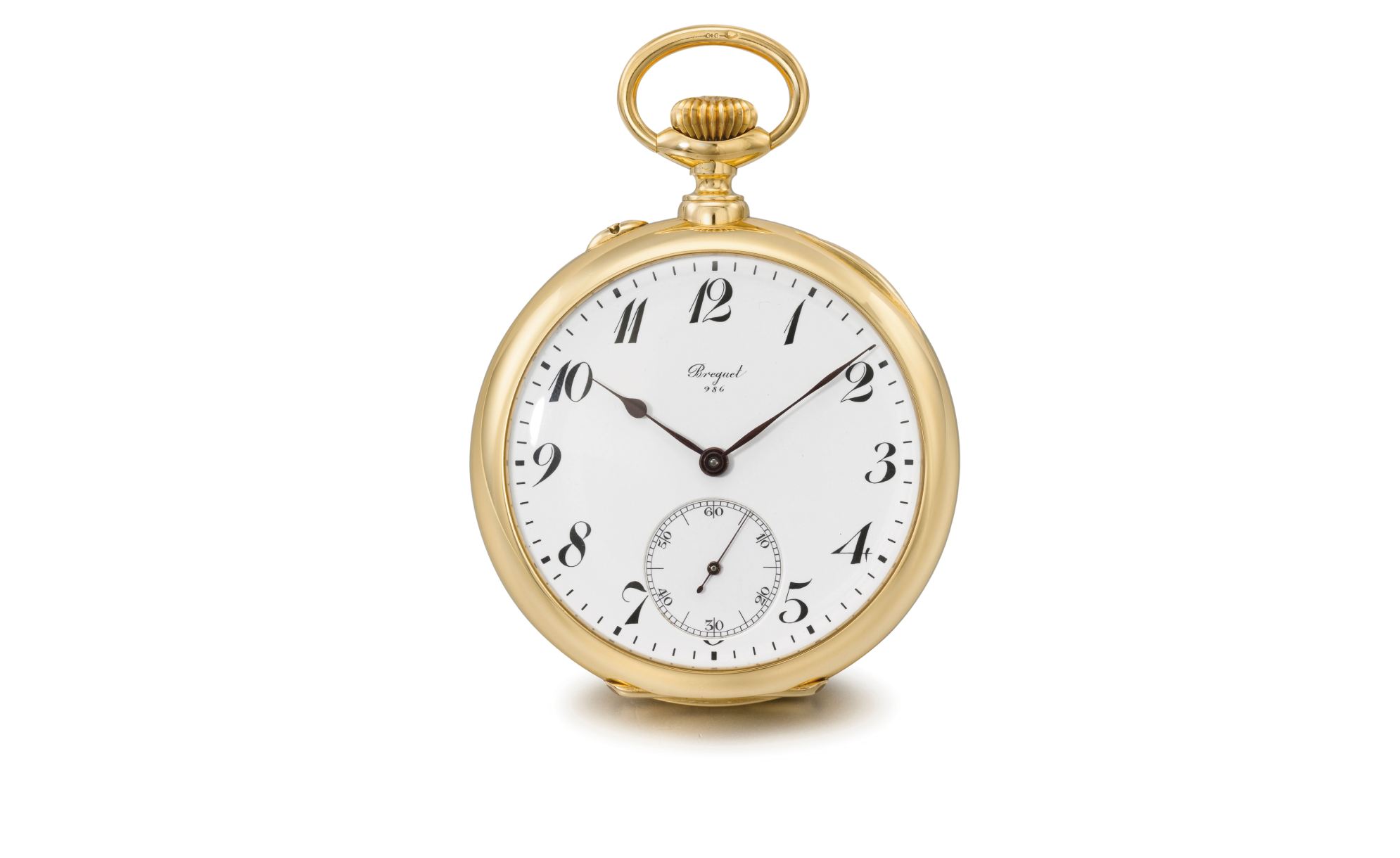
The tourbillon has come a long way in 220 years, but it is still intertwined with the Breguet name
At the time of the tourbillion’s patent in 1801 by the enigmatic Abraham-Louis Breguet, watchmaking as a craft was not that far removed from what it is today. But its intent was markedly different. Without quartz timing, atomic clocks or GPS-syncing smartphones, mechanical watchmaking was relied upon for accurate and reliable timekeeping.
The tourbillon was conceived as a potential answer to this challenge. Breguet’s idea was simple, at least in concept: if the balance wheel and escapement of a pocket watch was placed inside a constantly rotating carriage, the influence of gravity – a main contributor to systemic errors – would be nullified as the result was averaged over all positions. As theoretically sound as it is, the practical benefit of the tourbillon is more doubtful. The complexities of its construction and function, as well as its energy requirements, meant that it is unlikely to outperform a simpler, better-built watch.
But this matters little to today’s watch fans, who have embraced the tourbillon as a mainstay high complication. It is valued not for its timekeeping contributions, but for its aesthetic and representative ones. Its constant movement is a celebration of a craft kept alive and instils in the wearer a connection to the inventive and ambitious spirit of 220 years ago.


The tourbillon thus lives across the watchmaking landscape. This includes Breguet, the company founded by Abraham- Louis and which still makes watches that bear his name. Breguet’s 21st-century tourbillon offerings channel the spirit of the original as tempered by over two centuries of technological development.
Its Classique Complication line-up is littered with such examples, such as the Classique Double Tourbillon 5345 Quai de l’Horloge from last year. There are multiple patents involved in its construction, and its two independent tourbillon escapements have an output averaged by the central differential – and the whole mechanism rotates once every 12 hours, acting as its own hour hand. The year before that saw the Classique Tourbillon Extra-Plat Squelette 5395, which has a movement thickness of just three millimetres along with a patented high-energy barrel to feed its four-hertz beat rate. Other highlights from recent years include the Classique Tourbillon Messidor 5335, which mounted the tourbillon on sapphire plates to give the illusion of floating in mid-air, and the Tradition Tourbillon Fusee 7047 which is equipped with a fusee-and- chain transmission and patented anti- shock system.
Abraham-Louis was known for many things across his remarkable career, but the tourbillon is arguably his most famous achievement. The enduring appreciation of his labours and genius is evident on many a wrist.
